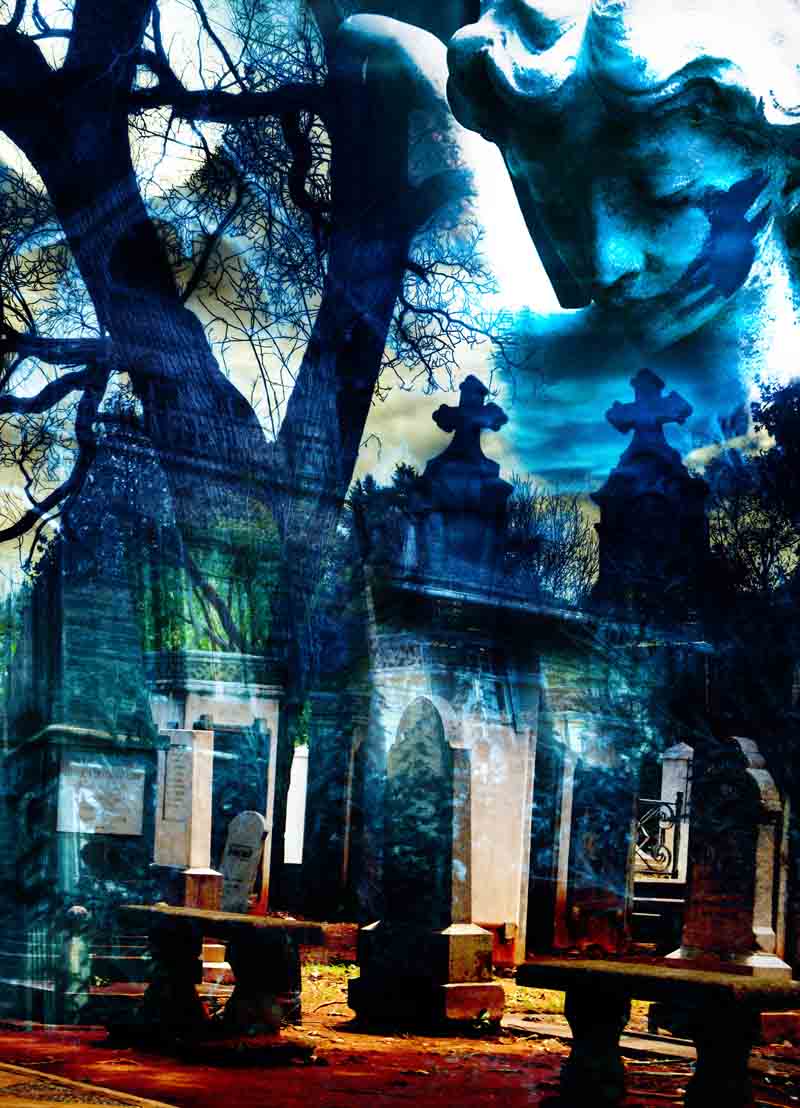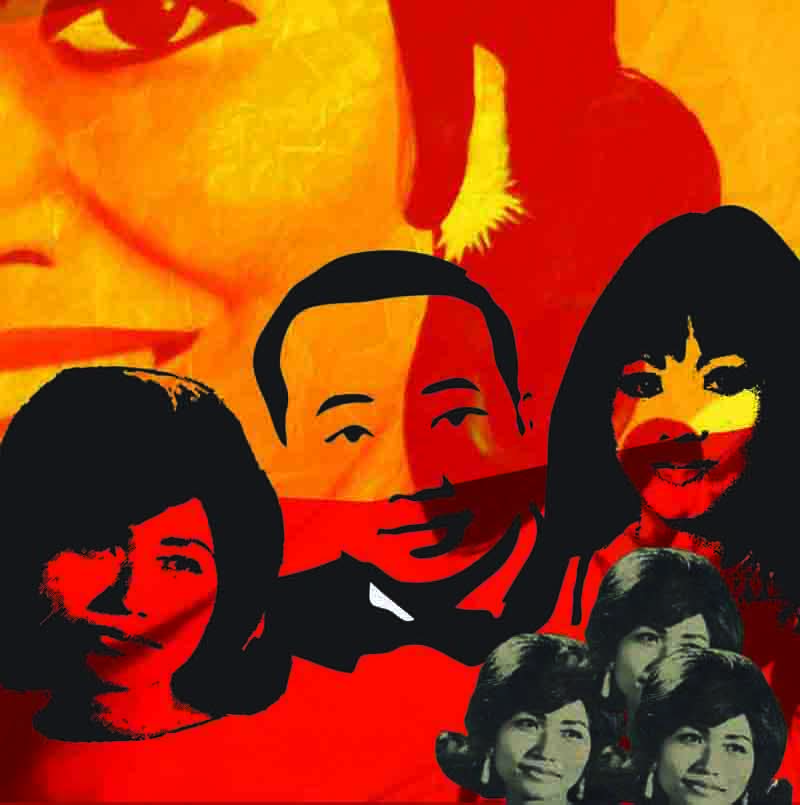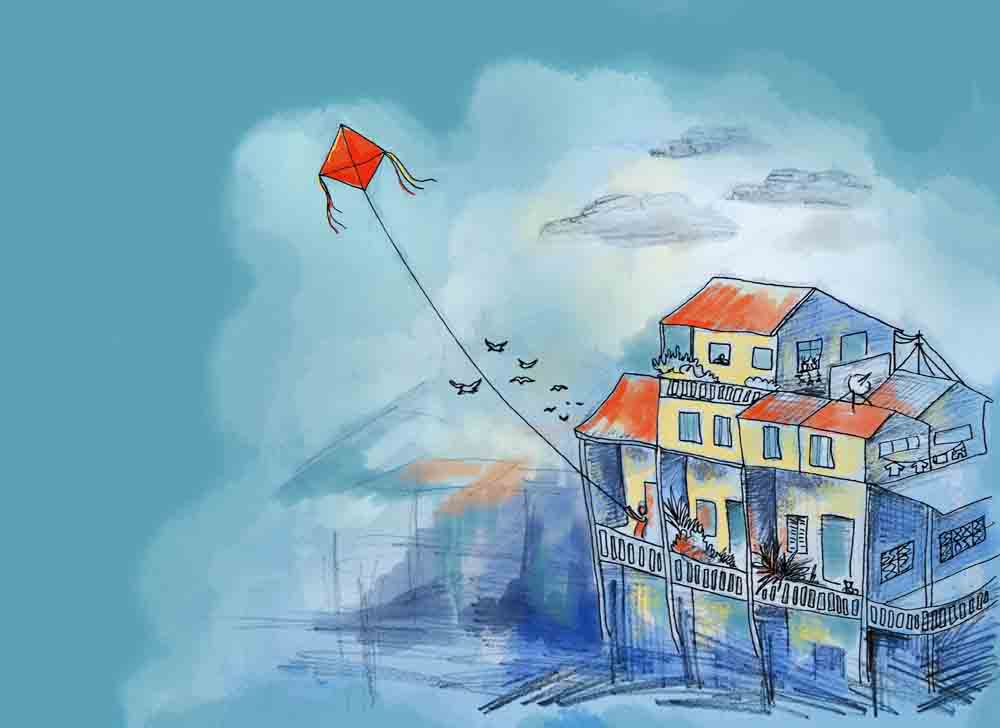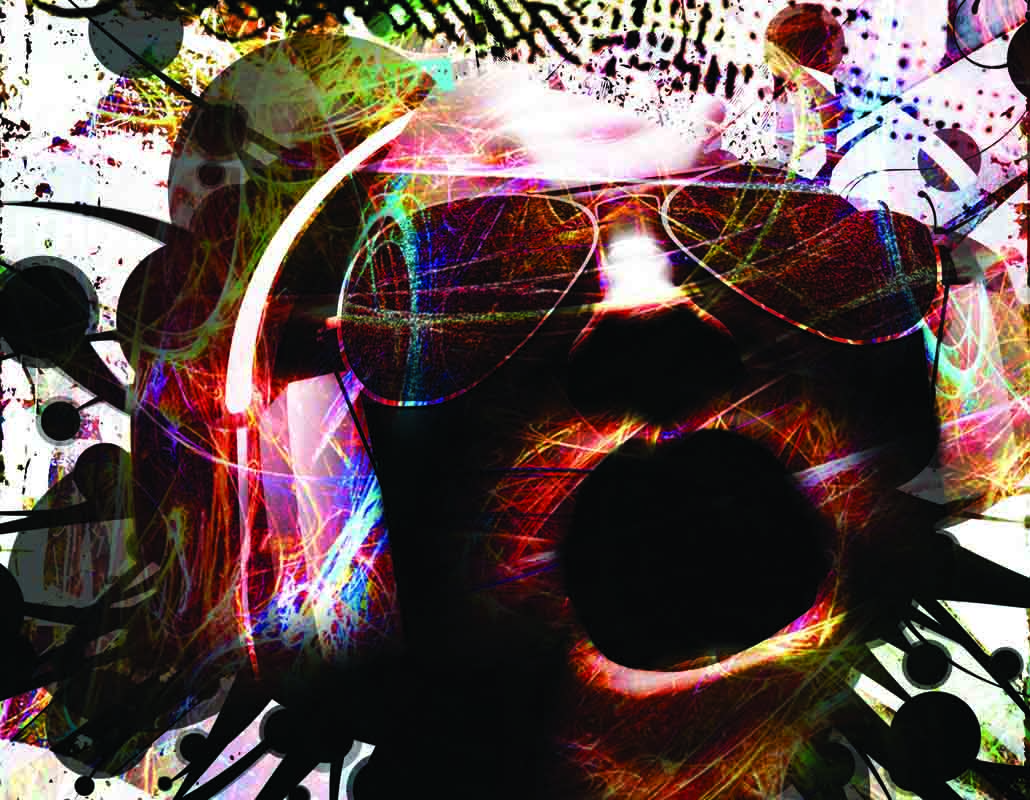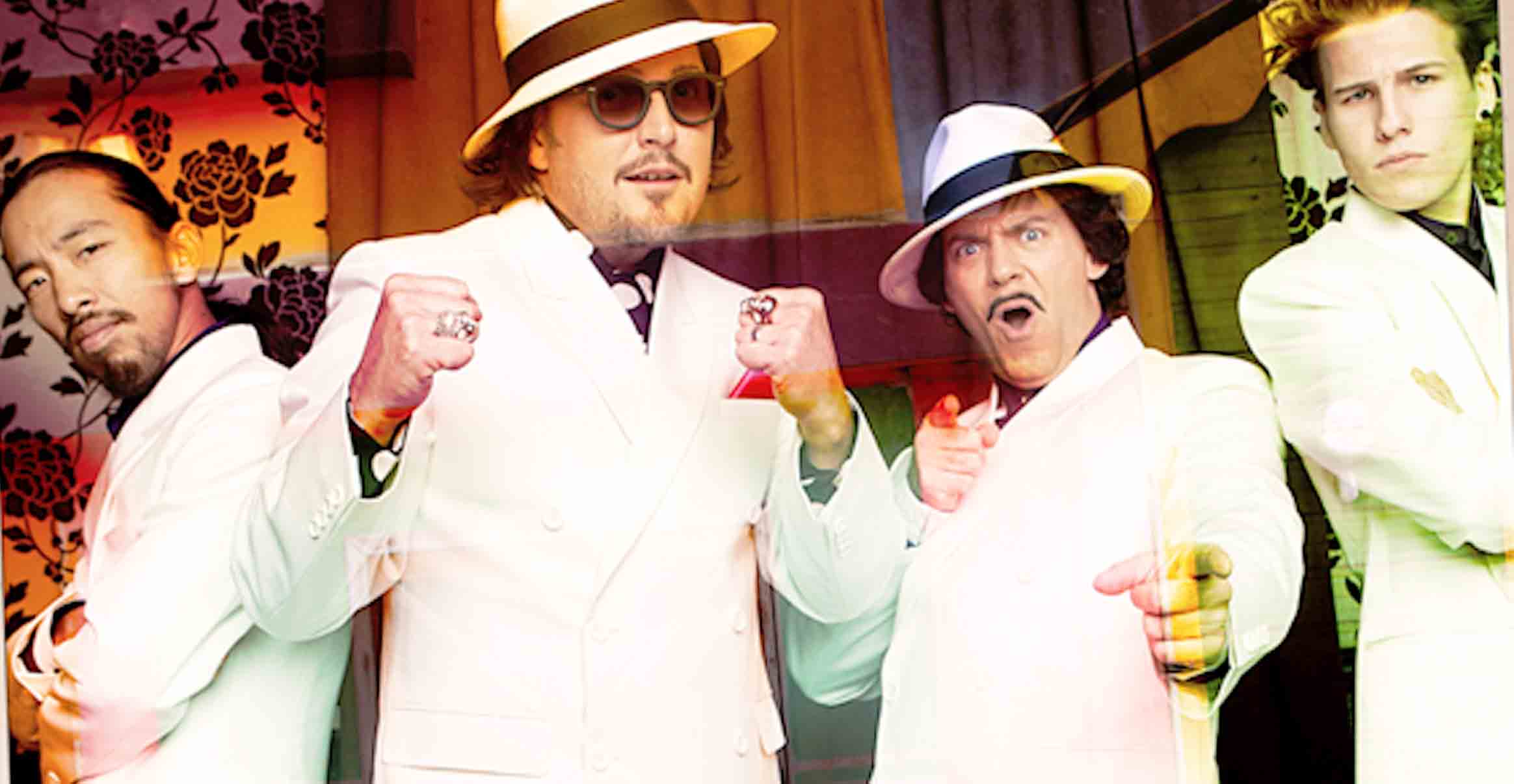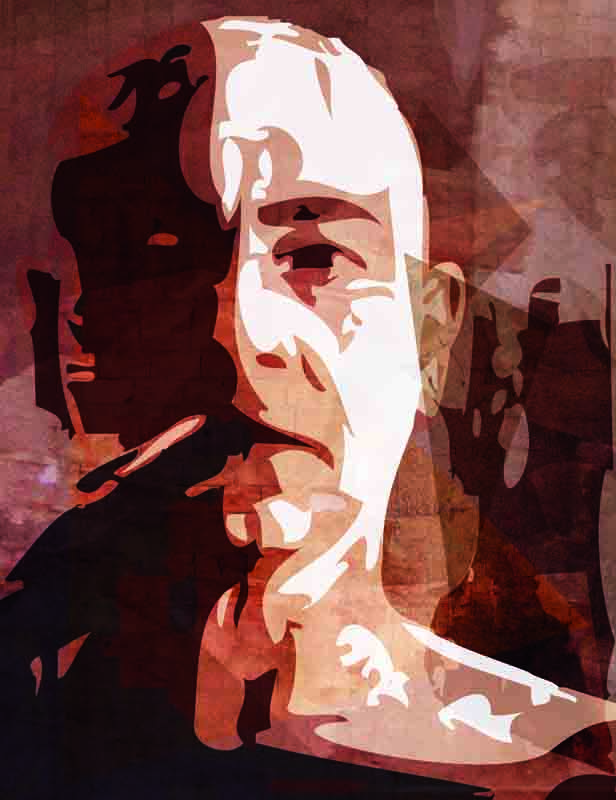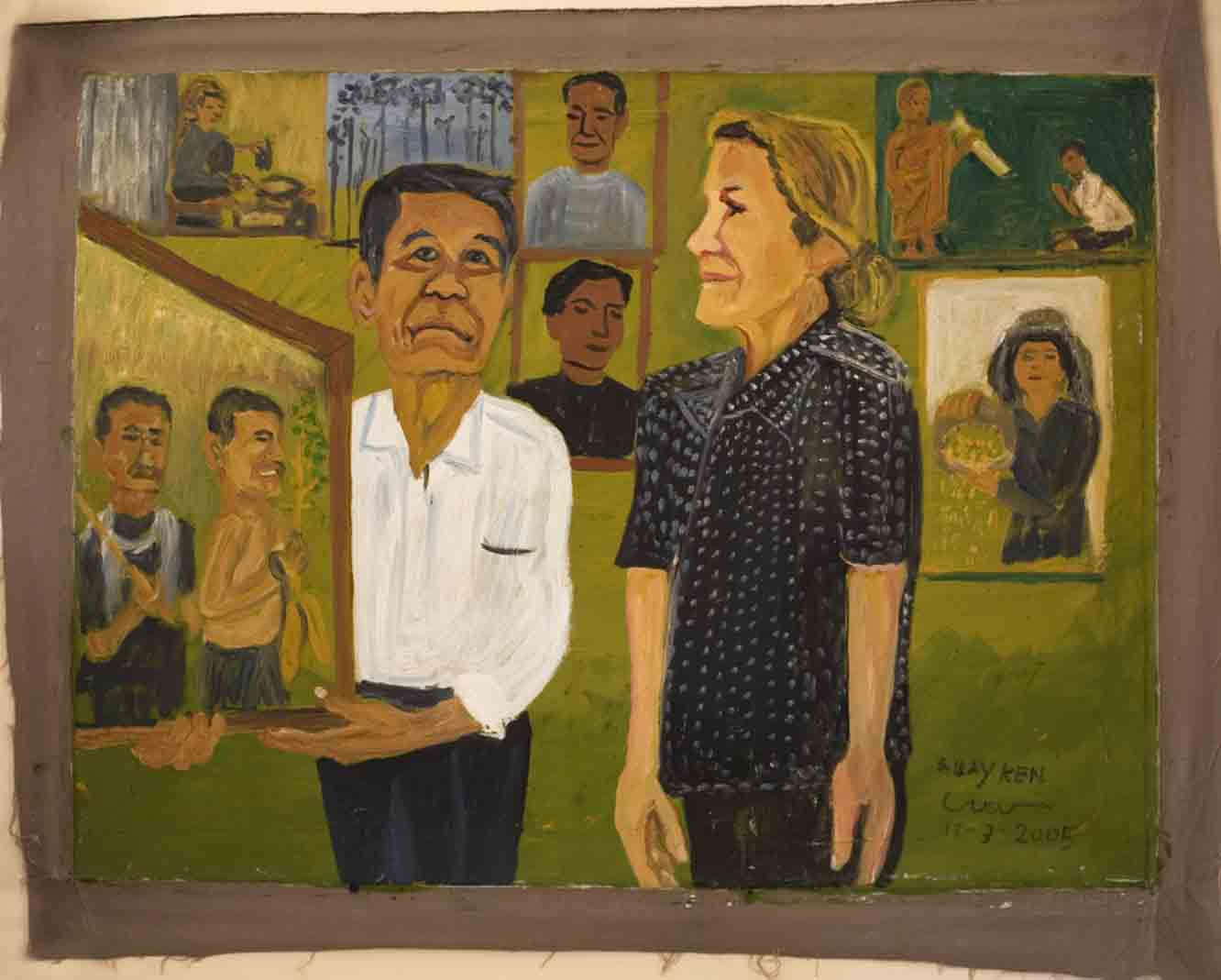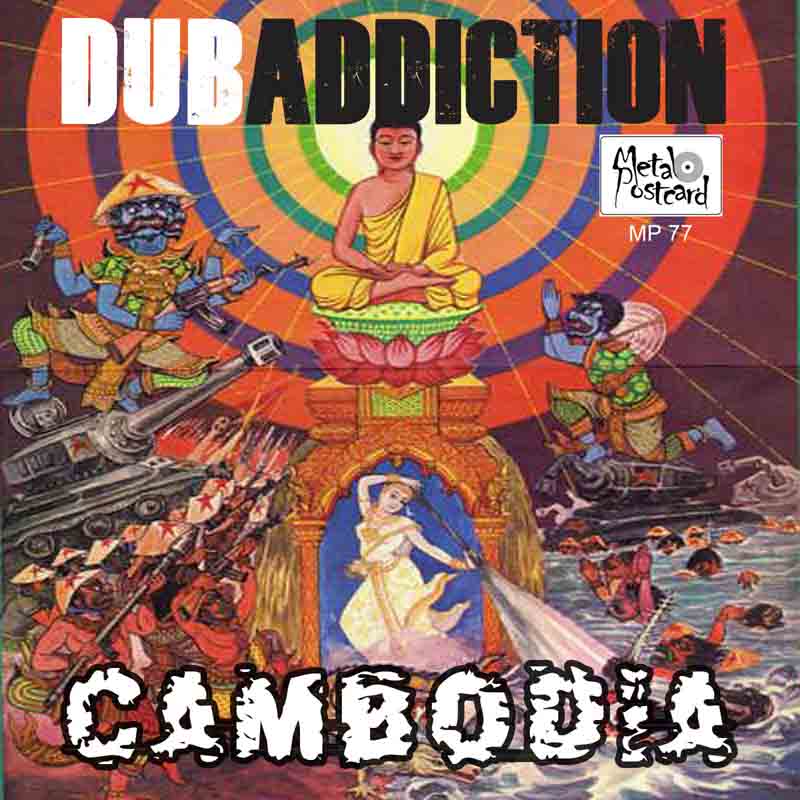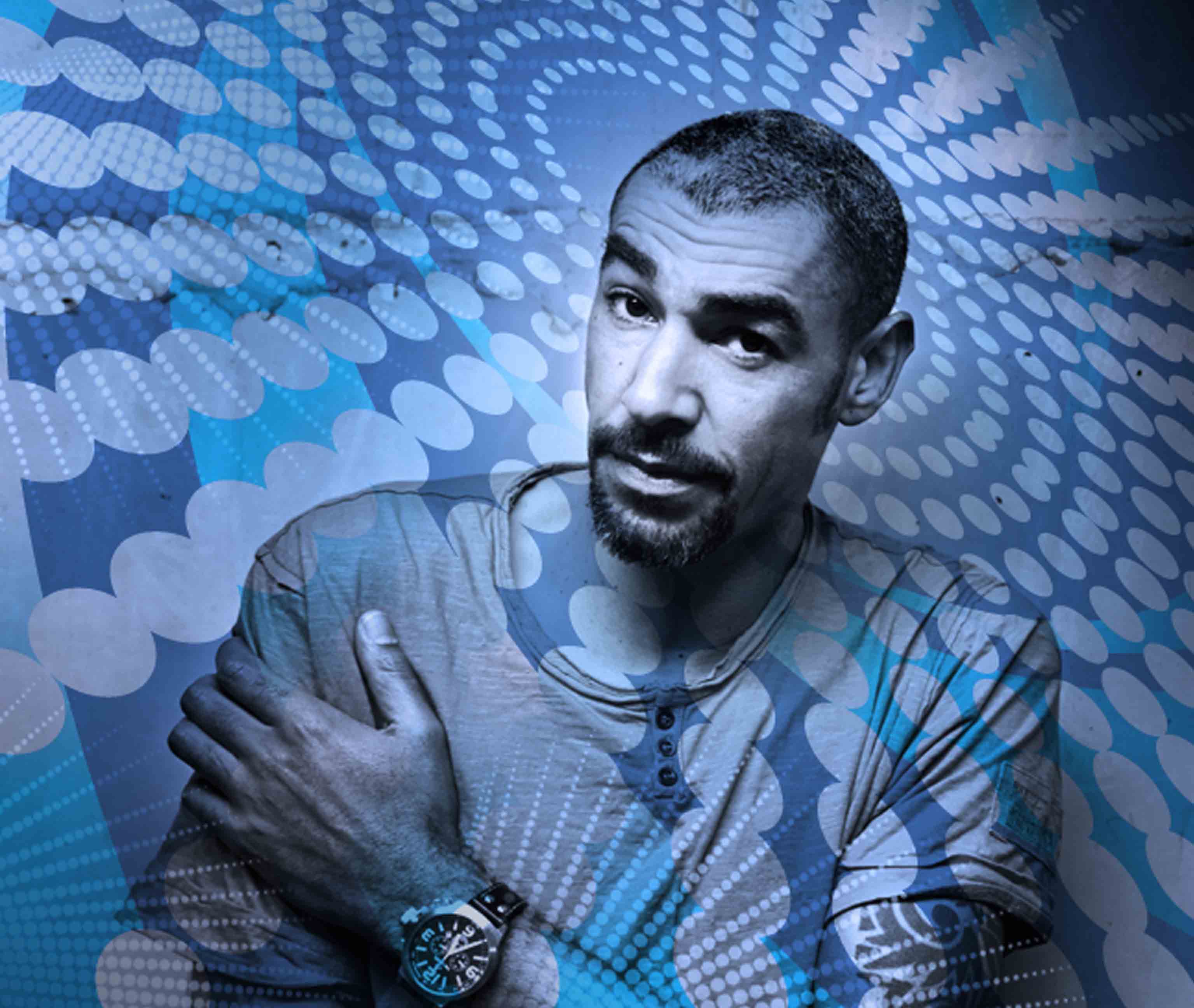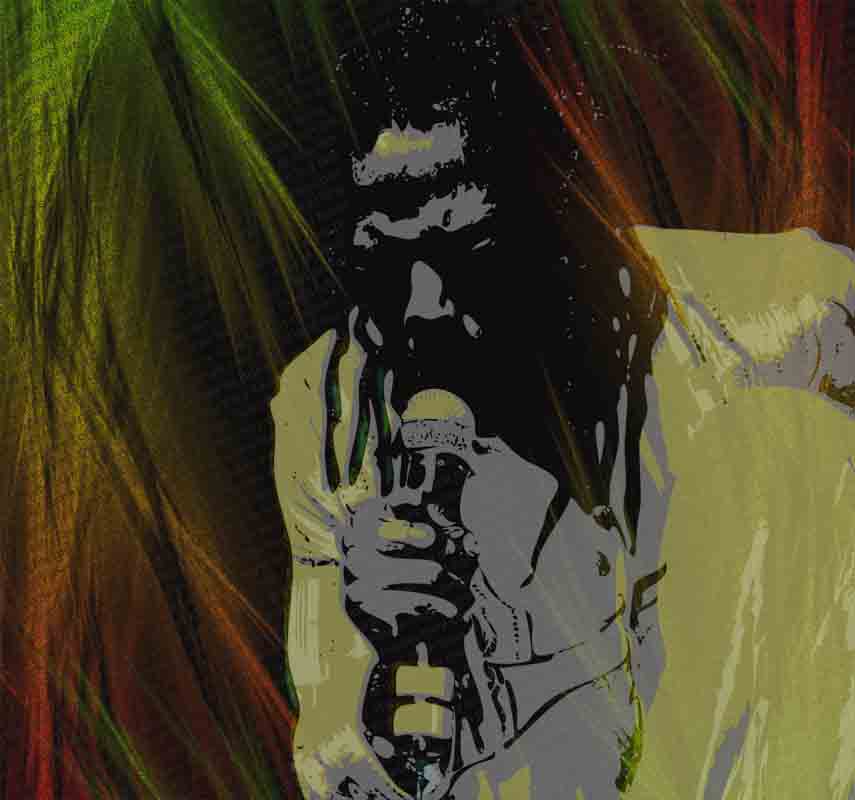From blood-thirsty dictatorships to the mummified corpse of a cannibalistic serial killer, dare you delve into The Advisor’s guide to the dark side of tourism in Southeast Asia?
Mankind’s fascination with Death and the macabre stretches back far beyond the beginnings of history. In Ancient Rome, an 80,000-seat Colosseum had to be built to house the crowds amassing at public executions; the burning of witches by the Spanish Inquisition and hangings in the Wild West were tourist events in and of themselves. Tours of Robben Island spiked suddenly last year following the death of Nelson Mandela. Even now, plans are underway to turn Fukushima – site of Japan’s 2011 nuclear meltdown – into an ‘attraction’, although radiation levels mean it will be a further 25 years at least before it’s even safe to open the doors.
Writers were the first to describe their voyages to deadly places such as this in alluring gore. PJ O’Rourke titled his book about travelling to Warsaw, Managua and Belfast in 1988 Holidays In Hell. Eight years later, Professors Lennon and Foley – of the Department of Hospitality, Tourism & Leisure Management at Glasgow Caledonian University – coined the term ‘dark tourism’. By 2005 a definition existed, courtesy of Philip Stone of the University of Lancaster: “The act of travel and visitation to sites, attractions and exhibitions which have real or recreated death, suffering or the seemingly macabre as a main theme.” From blood-thirsty dictatorships to the mummified corpse of a cannibalistic serial killer, dare you follow The Advisor’s guide to the dark side of tourism in Southeast Asia?
My Lai, Vietnam:
This picturesque village, known today for its tailoring, is the site of one of the worst war crimes committed by the US during the Vietnam War (and the only recognised such site that can be visited in the country). On 16 March 1968, American soldiers entered on a search-and-destroy mission, but failed to find any Viet Cong. What followed is disputed to this day. The official death toll of unarmed women, children and old men stands at 504, according to Vietnam; the US, meanwhile, holds that 347 lives were lost. Filmmaker Joseph Strick interviewed six of the soldiers who had been present for an Academy award-winning documentary in 1970. Most tried to play the incident down, but one – when he thought the camera had been switched off – was recorded as saying “he could just as well get some extra target practice in”. Only one of the perpetrators, a Lt William Calley, who claimed to have only followed orders, was jailed for murder, but soon released. Worthy of mention is helicopter pilot Hugh Thompson, who – 30 years later – received official recognition for intervening in the killing spree and flying several Vietnamese to safety. Today, the memorial site is watched over by a concrete sculpture of a woman brandishing one fist in the air while holding a baby in the other hand, dead relatives at her feet. Graphic images captured at the scene by a US photographer sit uneasily alongside a souvenir shop selling T-shirts, sandals and even cooking utensils with bullet holes in them.
Death Railway, Thailand & Burma:
In the Burmese town of Thanbyuzayat, the tombstones of 3,149 Commonwealth soldiers are laid out in a semi-circle, beginning with the As. At the other end of the line, in Thailand, another 4,946 men are buried in the cemetery at Kanchanaburi. In between is the infamous ‘Death Railway’, including the bridge over the River Kwai, devised by Japan’s Imperial Army at the height of World War II to transport troops and supplies from Bangkok to Burma. The line was completed in just a year, but cost the lives of around 13,000 Prisoners Of War and 100,000 native labourers: one man died for every sleeper laid. Conditions were beyond brutal, as one survivor, 95-year-old Sir Harold Atcherley, told The Telegraph on the 70th anniversary of the railway’s completion. “Cholera rife and men dying at the rate of 20 per day,” Sir Harold wrote on a small scrap of paper following a gruelling five-day train journey and 200-mile march in 1943. “Appalling state of tropical ulcers – cases seen myself of legs bared to the bone from ankle to knee. No sleep for the wretched patients, who moan all night long – their only hope for the morning to look forward to a repetition of all the previous day’s agonies. No man deserves such a death.”
Ho Chi Minh Mausoleum, Vietnam:
Still known to local devotees as ‘Uncle Ho’, Marxist revolutionary Ho Chi Minh was president of the Democratic Republic of Vietnam between 1945 and 1969 and led the Viet Cong in the Vietnam War until he died aged 79. For the past 35 years, despite his wish to be cremated and have his ashes scattered in Vietnam’s hills, Ho Chi Minh’s mummified corpse has been on public display in a mausoleum inspired by Lenin’s in Moscow. Dimly lit in a glass case flanked by eight military guards, his body is reportedly flown to Moscow for three months each year for touch-ups. A sign at the entrance declares: ‘You may only look at Ho Chi Minh’s body three times – once upon entering, once when rounding the halfway point and one more time before exiting the room.’
Burma:
The world’s longest-running military dictatorship opened itself up in the 1990s, inviting foreign investment and bumping tourist visas up from a week to 28 days. When word leaked out in 1995 that the regime was using forced labour, however, it immediately triggered a tourism boycott. Pro-democracy leader Aung San Suu Kyi said visiting the country during the junta’s ‘Visit Myanmar Year 1996’ was “tantamount to condoning the regime”. While some still endorse the ban, others – including many exiled citizens forced to flee government bullets in 1988 – insist that isolating Burma, also known as Myanmar, only pushes it further into the arms of neighbouring states with serious human rights issues. Suu Kyi herself, freed in December 2010 after almost 20 years in detention, has also said “the people of Burma can open up the eyes of tourists to the situation… if they’re interested in looking”.
Ellis Pathological Museum, Thailand:
Bangkok’s Siriraj Hospital contains a gruesome collection of forensic specimens related to Thailand’s modern history, from cyclops babies to severed heads. Founded in the 1920s by American Professor AG Ellis, the first pathologist in Thailand, it was principally for the education of medical students. Today, its ghastly exhibits – including the instruments and surgical gowns used during the 1946 autopsy of murdered Thai King Ananda Mahidol – are as a much a lure for macabre-minded tourists. The most grisly is the mummified corpse of Chinese cannibalistic serial child-killer Si-Oui, who suffocated then ate the hearts and livers of at least six boys before he was sent to the gallows in the 1950s. A sign on his cabinet points out that he ate people ‘because he loves to eat human’s organ, not because of starving.’
Krakatoa, Indonesia:
Perhaps the world’s most famous volcano – second only to Italy’s Mount Vesuvius, which wiped out Pompeii – Krakatoa produced the deadliest eruption in modern history. On 26 August 1883, in the Sunda Strait between Java and Sumatra, this three-mile-wide, five-and-a-half-mile-long, 813-metre-high behemoth spewed a cloud of gas and debris 24km into the air above Perboewatan, one of its three peaks. The next morning, four tremendous explosions sent both Perboewatan and Danan, a second peak, plunging to the depths. Superheated steam blasted the searing clouds over a 275-mile radius at speeds of 100kph, with an explosive force equivalent to 200 megatons of TNT (the bomb that devastated Hiroshima had a force of 20 kilotons). Those who weren’t killed immediately drowned in the 120-feet-tall tsunami that swept the islands, leaving a final death toll of more than 36,000.
Taman Prasati Museum, Indonesia:
Built by the colonial government in 1795 as a final resting place for Dutch noblemen, this former cemetery now serves as an illustration of the evolution of sepulchral practices across Indonesia. Translated as ‘the Museum Park of Memorial Stones’, this collection in central Jakarta includes artefacts used in a variety of ancient burial practices, a replica of a 17th-century hearse and the gravestones of some of Jakarta’s most notable historic figures. Perhaps the most infamous is Pieter Erbeveld, a wealthy cavalry captain of German and Asian descent executed for being a traitor. He died pinned to a cross with meat cleavers, his gut ripped open and heart torn out, after being convicted of treason for refusing to sell part of his land to the governor general. His body was then quartered in a square in the Old Town quarter. For the final 220 years of colonial rule, a grisly monument warned the public of the horrific futility of betraying authority: Erbeveld’s head, impaled on a spike and mounted on a slab inscribed with a chilling warning not to do ‘what traitor Pieter Erbeveld did’.
Tuol Sleng, Cambodia:
Codenamed S-21, the most infamous Khmer Rouge interrogation centre was known locally as konlaenh choul min dael chenh – ‘the place where people go in, but never come out’. Its sole purpose was to extract confessions from political prisoners before they were taken to the nearby Killing Fields for execution. Of the 20,000 detainees who entered, only six are known to have survived. The former school today bears testament to the regime’s brutality. Torture implements gather dust on the same metal beds that bodies were found chained to when the Vietnamese invaded in 1979. The floors of hastily built brick cells are still stained with decades-old blood and a handwritten plaque serves as a chilling reminder of the horrors endured within its walls: “While getting lashes or electrification, you must not cry at all.”
Rommani Nart Prison Museum, Thailand:
Once a maximum-security prison deep in the bowels of Bangkok, this former corrections centre is today a monument to the savage retribution system that ruled Thailand in days of old. Upon entering, you’re greeted by a skeleton bearing a placard that reads: ‘Uncle Tow, who devoted his body to the prison for people’s awareness of their mortal lives.’ Capital punishment rules the day: life-sized models of executioners and their soon-to-be-beheaded victims replicate the gruesome scenes show for real in graphic photographs adorning the walls; actual swords used for loosing heads from shoulders glint nearby in the gloom. But Rommani Nart’s horrors aren’t solely historic. Under a slightly lost-in-translation sign reading ‘Execution of bed’ sits the sort of stretcher to which prisoners today are lashed before being given a lethal injection. Torture methods are described in a series of crude but disturbing drawings; the fate of modern drug users and smugglers played out by leering mannequins alongside.
